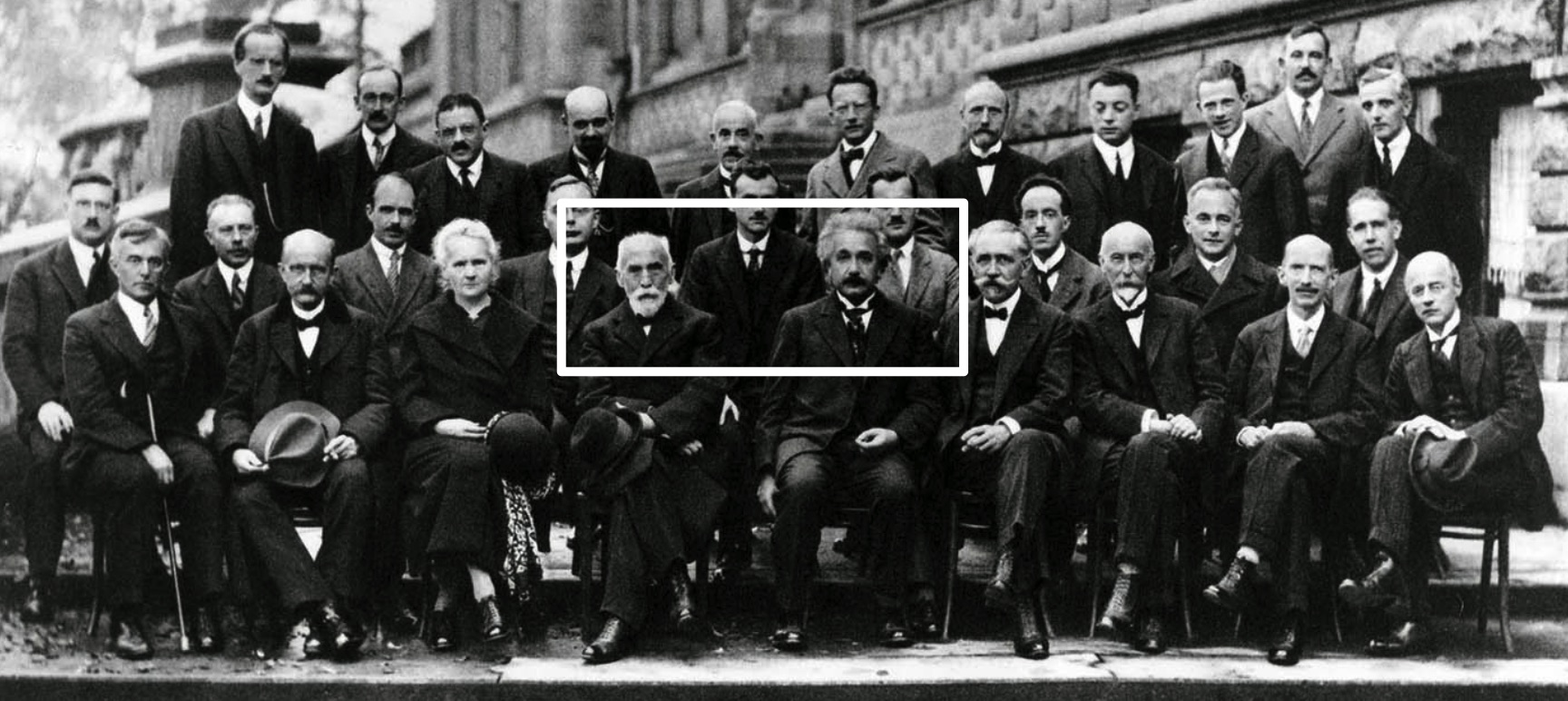
Editor at ‘The Secrets Of The Universe’, I have completed my Master’s in Physics from Punjab, India and I am currently pursuing my doctoral studies on Radio Emissions of Exoplanets in Barcelona, Spain. I love to write about a plethora of topics concerned with planetary sciences, observational astrophysics, quantum mechanics and atomic physics, along with the advancements taking place in the space industry.
The world knows him for his theory of electromagnetic radiation. But little is known about his contribution to Einstein’s special theory of relativity. Today, let us meet Hendrik Lorentz and learn how he set the stage for Albert Einstein.
 Hendrik Lorentz
Hendrik LorentzEarly Life And Education
Hendrik Lorentz was born to Gerrit Frederik Lorentz and Geertruida van Ginke on July 18, 1853. His father was a wealthy nursery owner. Lorentz was a child prodigy. At the age of 9, he was already able to master the use of the table of logarithms. Hendrik Lorentz attended Mr. Timmer’s Primary School in Arnhem until he was 13 years of age. Later, he entered the new High School there. He entered the University of Leiden in 1870. But, in 1872, he returned to Arnhem to take up teaching evening classes. He worked for his doctorate while holding the teaching post at the age of 22.
Significant contributions
In his doctoral thesis at the University of Leiden (1875), Lorentz refined the electromagnetic theory of James C. Maxwell. Lorentz did fundamental work in the fields of optics and electricity which revolutionized contemporary conceptions of the nature of matter.
Read all the articles of the Basics of Astrophysics series here
Lorentz’s greatest scientific contribution for which he and his student, Pieter Zeeman received a Nobel Prize in 1902 was the development of the mathematical theory of the electron. According to this theory, light waves occur by the oscillations of an electric charge in the atom. His proposal came at a time when the existence of electrons was yet to be proven. Hendrik Lorentz was among the first to study the relationship between the speed of light traveling through a medium and the physical properties of that medium such as density and crystal structure, along with fellow physicist Ludvig Lorenz. The results of their collaboration led to the creation of the Lorenz-Lorentz formula.
The Lorentz Transformations
 The Lorentz Transformations For A Boost In the X Direction
The Lorentz Transformations For A Boost In the X DirectionLorentz transformations are another great contribution of the genius to the field of relativity. He introduced these transformations in 1904. These Lorentz transformations played a significant role in setting up the basis of Einstein’s special theory of relativity. These describe the increase of mass, the shortening of length, and the time dilation of a body moving at speeds close to the velocity of light. In 1953, Einstein wrote that “Lorentz meant more to him than all the others he met on his life’s journey“.
 Hendrik Lorentz With Albert Einstein
Hendrik Lorentz With Albert Einstein
Positions Held
In 1877, Hendrik Lorentz was appointed to the chair of theoretical physics at Leiden University. This position was specially created for him. He was only 24 years old at that time. For the next 20 years, Lorentz devoted his time to quiet and almost isolated studies. He kept himself updated with the latest publications in physics without actually establishing personal contacts with other physicists abroad. Though there were many invitations for him to accept positions overseas, Hendrik remained loyal to his Alma Mater. He held the chair at Leyden until his retirement in 1912.
More on Scientists:
- 8 brilliant scientists who were never awarded the Nobel Prize
- The woman who wrote the most brilliant P.hD. thesis in astronomy
- James Clerk Maxwell and his contributions to Physics
After retiring, he worked as Curator of Teyler’s Physical Cabinet at Haarlem. He was also the Secretary of the “Hollandsche Maatschappij der Wetenschappen” or the Dutch Society of Sciences. However, he retained an honorary position at Leiden University as Extraordinary Professor where he continued to deliver his famed Monday morning lectures until his death in 1928. Lorentz also held the post of chairman of the first Solvay Conference held in Brussels in the autumn of 1911.
Awards and Honors:
In his career, Apart from receiving the distinguished Nobel Prize, he earned several other honors as well. The Royal Society elected him a fellow in 1905. The Society awarded him their Rumford Medal in 1908 and their Copley Medal in 1918.
Lorentz is truly regarded by all theoretical physicists as the world’s leading spirit, who completed what was left unfinished by his predecessors. He prepared the ground for the fruitful reception of the new ideas based on the quantum theory. Undoubtedly, he is one of the most brilliant minds this world has witnessed to date.



